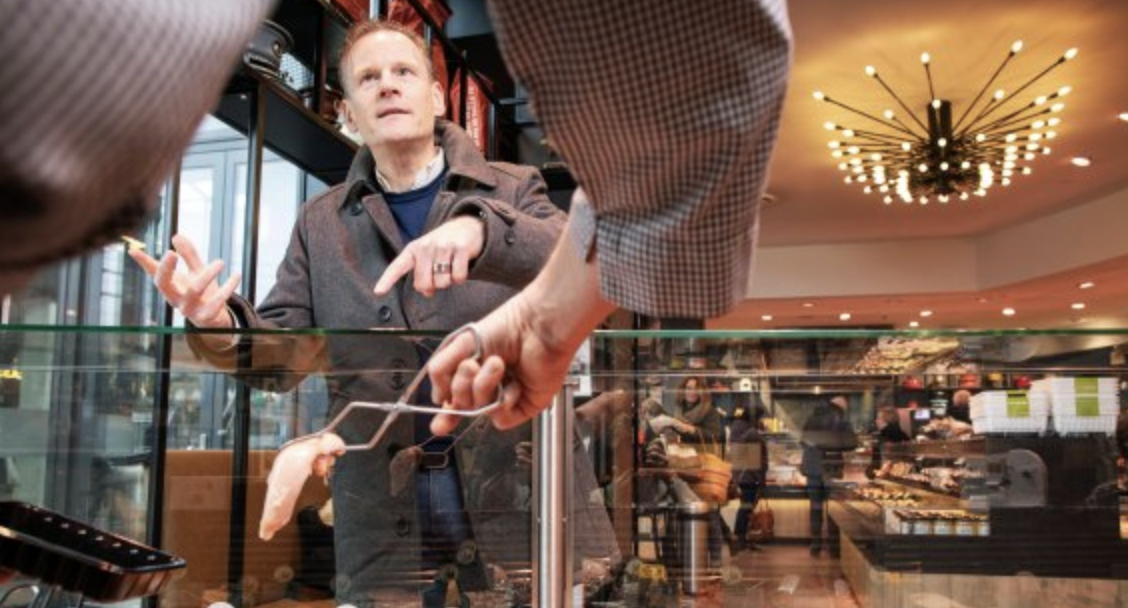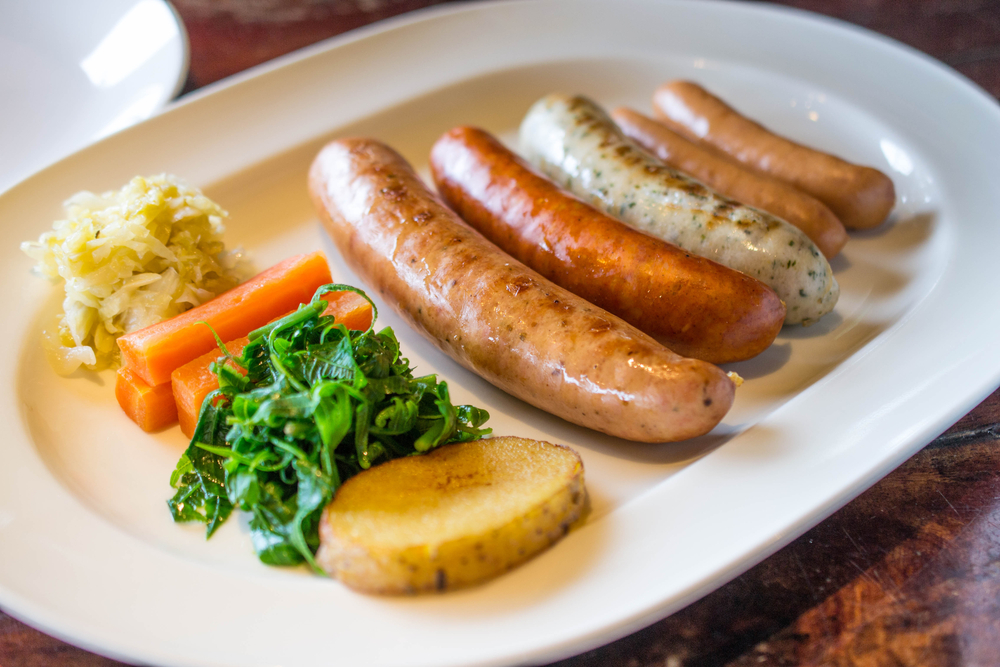Hans Dagevos, a sociologist of consumption at Wageningen Economic Research, has studied the consumption patterns of Dutch people who love meat, wo are cutting down on meat, and who are avoiding it altogether. What is the role of meat in current Dutch eating habits? And how attached are people to meat?
The researchers conducted an extensive survey among 2117 respondents, 1979 of them meat-eaters and 198 vegetarians and vegans. They compared the results with those of a study done 10 years ago. It turns out that the frequency with which we eat meat has not gone down in those 10 years. ‘Maybe eating meat seven days a week was more the exception than the rule in 2019, but it seems many Dutch people still like to have a piece of meat on their plates,’ says Dagevos. The researchers did not look at how much meat people ate, only at how often they ate it.
Willingness to cut down
So although the Dutch have not really cut down on meat, more of them express the intention to do so: in 2011, 58 per cent of respondents had no intention of eating less meat, whereas in 2019 that percentage had dropped to 44 per cent. And more than a third said they wanted to cut down. A small minority of four per cent say they will eat more meat in the coming year – twice the number who said that in 2011. Dagevos: ‘This might be a small group of people who are fed up with all the ‘fuss about meat’ and are digging their heels in. On the whole, that debate is not particularly heated at the moment, but we should be aware that this group does exist.’
Many Dutch people still like to have a piece of meat on their plates’
The researchers also asked the respondents whether they would describe themselves as meat-eaters or as flexitarians. While only 14 per cent described themselves as flexitarians in 2011, 43 per cent did so in 2019. Dagevos: ‘It is striking that more people are describing themselves as flexitarians, and yet that is not reflected in our consumption data.’ One in five self-proclaimed flexitarians said they ate meat five or more times a week, which is as much and sometimes more than people who called themselves meat-eaters. Dagevos: ‘It looks as though the definition of a flexitarian was broader by 2019.’
More people call themselves flexitarians, but that is not reflected in our consumption data’
Graduate and female
Dagevos and his colleagues also looked at the distribution of flexitarians in the country, based on how many times a week people ate meat. ‘The cliché idea that flexitarians are mainly women graduates living with their young families in the big cities in the west of the country is too simplistic,’ says Dagevos. ‘Today’s flexitarians are a very diverse group and we didn’t see much difference between the regions.’
What did come out of the research was that more respondents from the west of the Netherlands, especially big cities such as Amsterdam, Rotterdam and The Hague, call themselves flexitarians, and that there are indeed many women among them. The diehard carnivores are more often men. And that confirms the cliché. According to Dagevos, it may have to do with social norms. ‘We haven’t done any further research on that at present. But all in all, the fact that flexitarians are spread across the country suggests that flexitarianism is fairly well-established.’
But flexitarianism does not currently go much beyond good intentions. Dagevos: ‘Flexitarianism has been mentioned in numerous studies in recent years as an essential route to change in the protein transition. It offers a route that is acceptable and feasible for a lot of people, without banning meat altogether. It also contributes to a diet with more respect for ecological limits, human health and animal welfare.’
Flexitarian at heart
The way the Dutch are currently interpreting flexitarianism has very little impact, says Dagevos. ‘What we have learned from our research is that the switch to a diet with less meat is going terribly slowly. It is too little too late. Especially in the light of the ambitions of the Council for the Environment and Infrastructure (RLI), which aims at a diet in which only 40 per cent of protein comes from animals, as opposed to 60 per cent now.’
It isn’t made easy for consumers to cut down on meat
Nevertheless, Dagevos does see a basis for change. ‘Something is brewing below the surface. People indicate that they think it is important to eat less meat, and more of them identify as flexitarian than 10 years ago. The idea has at least been planted in Dutch heads and hearts. The question is how long it will take before their choices are in line with that. It should be clear that the message, ‘Just eat a bit less meat and all will be well’ is not enough. And it doesn’t make it any easier for consumers to eat less meat when there is meat being sold and promoted all around them. The dominant eating culture is still carnivorous too. That won’t change overnight.’
Dagevos is going to analyse the data further in the coming months. ‘One of the things we want to look at is the differences between flexitarians, and between them and vegetarians and vegans. Not just in age and income, but also in their motives for eating less meat or no meat at all. The preliminary results show, for instance, that health is an important motive to eat less meat.’
| Broad concept |
|---|
| The term flexitarian is a broad concept. The original Anglo-Saxon meaning takes vegetarianism as its starting point: a flexitarian is a vegetarian who occasionally eats meat. But the current usage denotes a meat-eater who occasionally decides to go without meat. So there are many shades of flexitarianism: from the light version, in which people do without meat for about one day a week, to the heavyweight version in which people only eat meat once a week at the most. Dagevos saw in his research that the number of light flexitarians has increased the most. |

 Photo: Harmen de Jong
Photo: Harmen de Jong 

